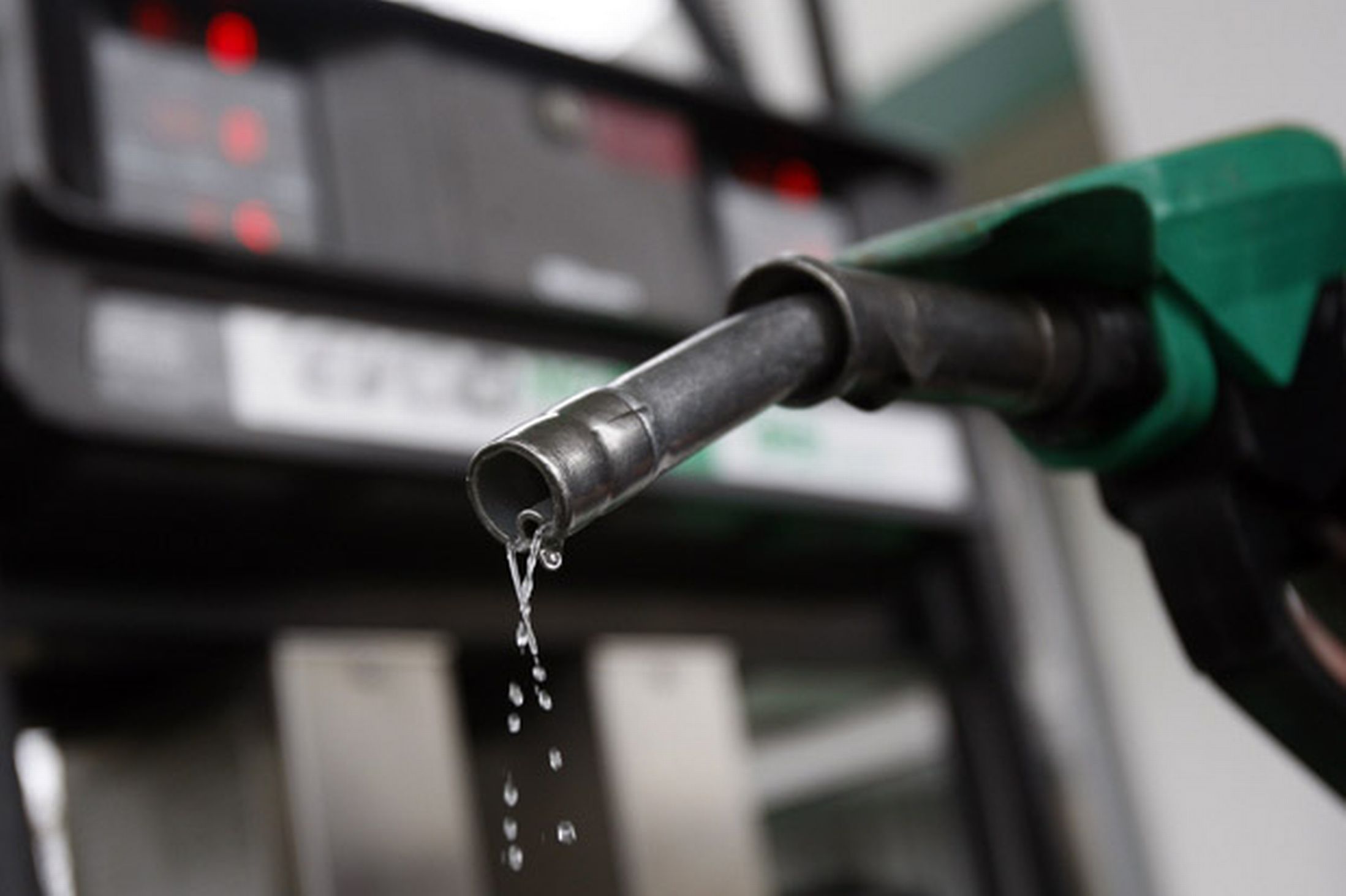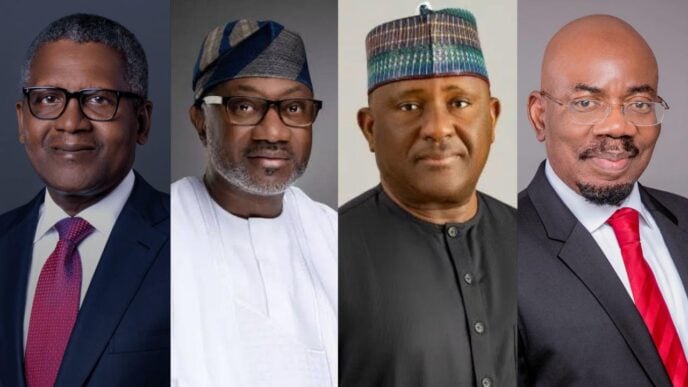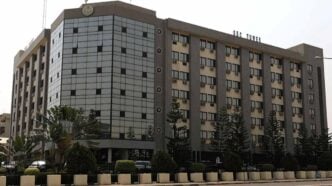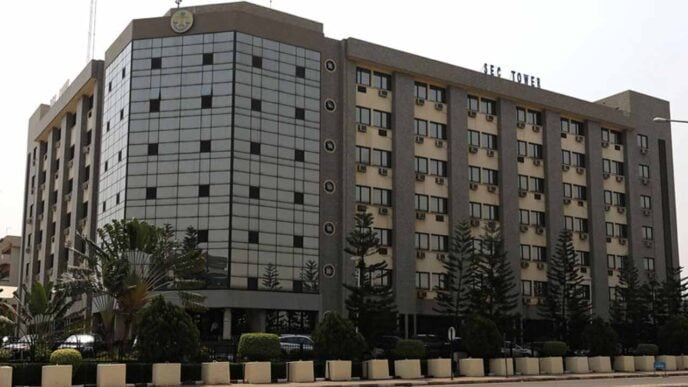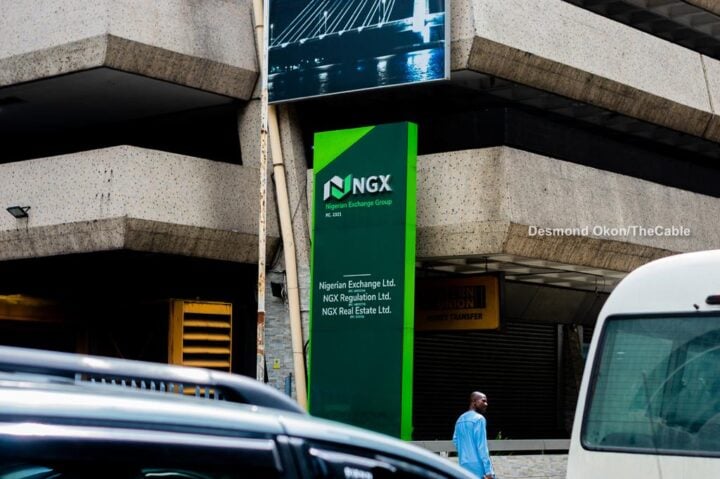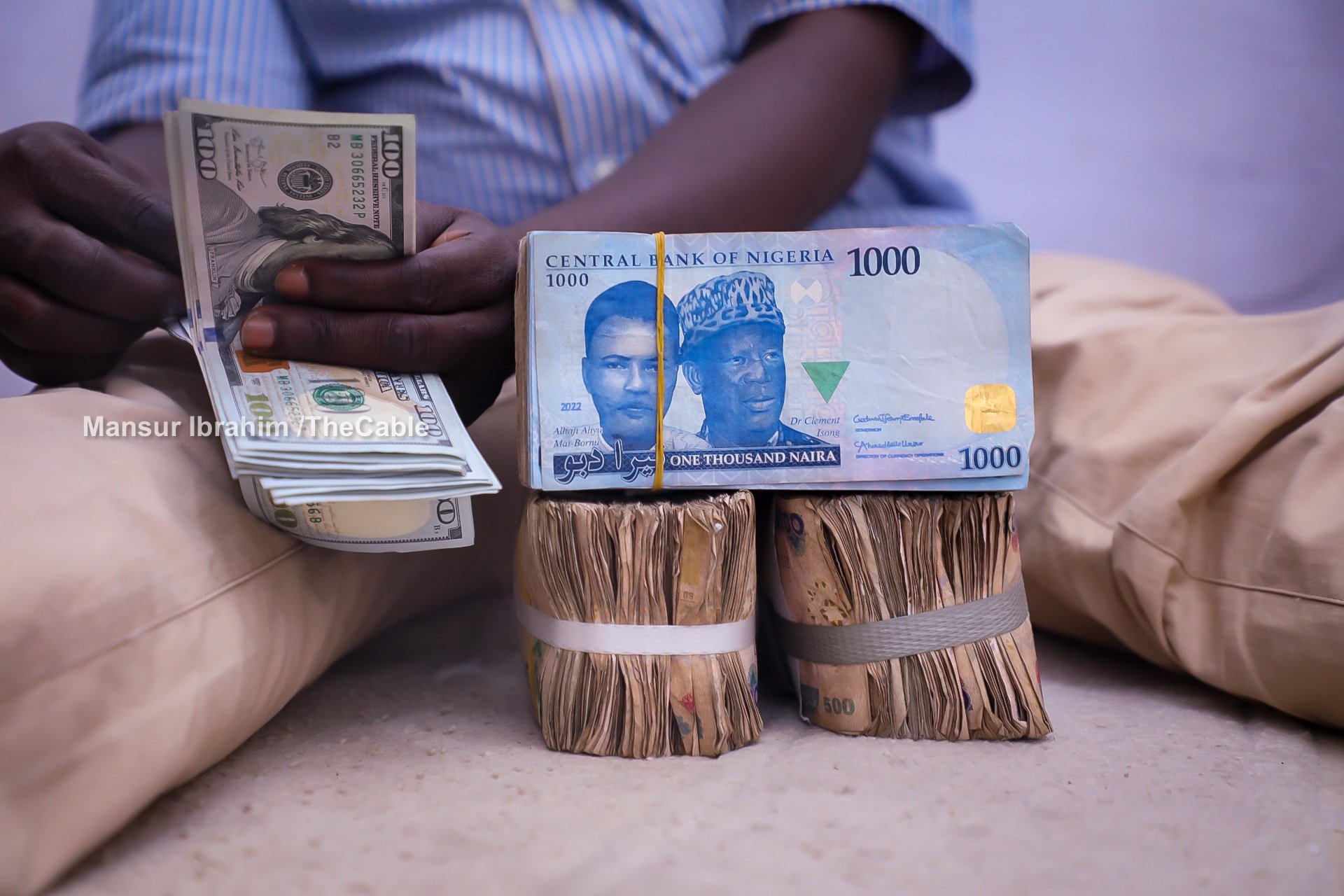Lanre Issa-Onilu, director-general of National Orientation Agency (NOA), says the removal of petrol subsidy saved the economy from imminent collapse and rescued several states from bankruptcy.
Issa-Onilu spoke in an editorial for The Explainer, a weekly publication of the NOA.
He said Nigeria was spending 97 percent of its revenues to service debt when the present administration came into power.
“Removal of subsidy did not only save the entire economy from imminent collapse, it also rescued several states of the federation from bankruptcy,” he said.
Advertisement
“Upon the take-off of this incumbent administration, Nigeria was spending 97 percent of its revenues to service debts until its debt profile exceeded N100 trillion.
“Fuel subsidies consumed more than 70 percent of potential federal government’s revenue, forcing both the central and state governments to resort to heavy borrowings to finance their budgetary expenditures, but the removal helped the country to save billions.
“For instance, from N154.3 billion revenue in the first quarter of 2023, government’s revenue rose to N835.7 billion in the first quarter of 2024, saving about whooping N700 billion in less than one year.”
Advertisement
Issa-Oniru said the savings enabled the federal government, among others, to settle “N7 trillion in ways and means borrowing during the first and second quarters of 2024”, thereby exiting the borrowing arrangement.
The NOA boss said it facilitated the payment of approximately $7 billion in foreign exchange (FX) backlog.
“Whereas International Air Transport Association (IATA) had reported on June 5, 2023 that Nigeria had the highest amount of airlines’ trapped funds all over the world, by June 3, 2025, barely two years after, IATA had removed Nigeria from the list of countries owing forex backlogs,” Issa-Onilu said.
He said the subsidy savings also helped to “reduce debt service-to-revenue ratio from 97 percent in 2023 to 68 per cent in 2024; and pay off International Monetary Fund (IMF) debt which stood at $3.264 billion in June, 2023, first reducing it to $800.23 million in December, 2024 and cleared all in early 2025”.
Advertisement
‘STATES NOW SWIM IN INFLOWS OF FUNDS’
Issa-Onilu said “states now swim in inflows of funds”, paying salaries promptly — despite more than 100 percent minimum wage increase.
The NOA chief said the states also drastically “reduce their debt portfolios because subsidy removal puts more monies into their hands”.
“In 2023, the 36 states of the federation and 774 local government areas (LGAs) got a total of N6.16 trillion as FAAC allocations, implying 28.6 percent increase from the N4.792 trillion they received in 2022,” Issa-Onilu said.
Advertisement
However in 2024, he said revenues rose astronomically to N15.26 trillion as a result of subsidy deductions, giving the states and 774 local government areas (LGAs) N9.58 trillion — which was N3.42 trillion higher than what they received in 2023.
On May 29, President Bola Tinubu said the petrol subsidy regime was over.
Advertisement
Three months later, TheCable reported that Tinubu was considering a “temporary subsidy” on petrol as crude oil prices and foreign exchange (FX) rates soared.
Although the federal government had consistently denied the return of petrol subsidy, the Nigerian National Petroleum Company (NNPC) Limited, on August 19, said the federal government owes it N7.8 trillion for under-recovery.
Advertisement
Nigeria fully exited subsidy payments in October 2024 when the federal government deregulated the downstream sector, and the petrol pump price crossed N1,000 at NNPC’s retail outlet, reflecting market prices.
Advertisement
